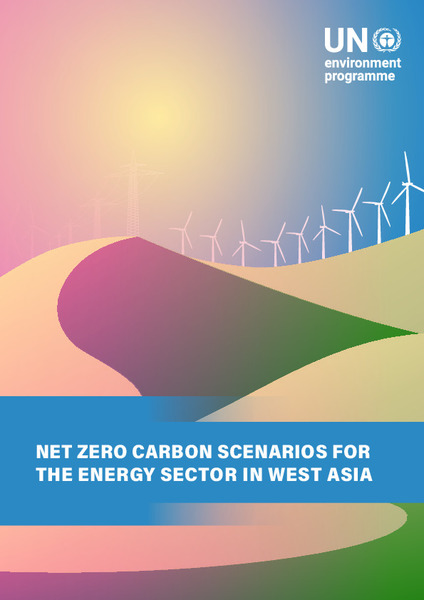| dc.contributor | West Asia Office | en_US |
| dc.contributor.author | United Nations Environment Programme | en_US |
| dc.contributor.other | Dhar, Subash | en_US |
| dc.contributor.other | Fenhann, Jørgen | en_US |
| dc.contributor.other | Desgain, Denis | en_US |
| dc.coverage.spatial | State of Palestine | en_US |
| dc.coverage.spatial | Iraq | en_US |
| dc.coverage.spatial | Oman | en_US |
| dc.coverage.spatial | Bahrain | en_US |
| dc.coverage.spatial | Jordan | en_US |
| dc.coverage.spatial | Kuwait | en_US |
| dc.coverage.spatial | Lebanon | en_US |
| dc.coverage.spatial | Qatar | en_US |
| dc.coverage.spatial | Saudi Arabia | en_US |
| dc.coverage.spatial | Syrian Arab Republic | en_US |
| dc.coverage.spatial | United Arab Emirates | en_US |
| dc.coverage.spatial | Yemen | en_US |
| dc.coverage.spatial | Asia and the Pacific | en_US |
| dc.date.accessioned | 2022-11-09T13:26:46Z | |
| dc.date.available | 2022-11-09T13:26:46Z | |
| dc.date.issued | 2022-11 | |
| dc.identifier.isbn | 978-92-807-3987-9 | en_US |
| dc.identifier.other | ROWA/2485/NA | en_US |
| dc.identifier.uri | https://wedocs.unep.org/20.500.11822/41153 | |
| dc.description | Achieving the net-zero emissions target as a global pathway entails a complete decarbonization of the energy sector by the middle of the century, implying that fossil fuels will play a limited role in future. West Asian countries export a large share of
oil and gas, and therefore have high economic dependence on those exports. Countries in West Asia are thus trying to diversify away from fossil fuels. These countries’ Nationally Determined Contributions (NDCs) and national strategies provide insights into the direction and scale of the mitigation options that could be used to achieve net zero for the energy sector in West Asia. In this context, this publication tries to answer the following questions: i) What can the mitigation actions defined in the Nationally
Determined Contributions (NDCs), Economic Diversification Plans and green growth strategies of countries in West Asia achieve in terms of CO2 emissions reductions from the business-as-usual scenario? ii) What are the key technologies that will help mitigate CO2 emissions within the three key sectors of energy, transport and industry, and how much can each sector contribute?
iii) What are the impacts of mitigation actions in terms of employment and investments in the region? | en_US |
| dc.format | Text | en_US |
| dc.language | English | en_US |
| dc.rights | Public | en_US |
| dc.subject | net zero carbon | en_US |
| dc.subject | energy efficiency | en_US |
| dc.subject | greenhouse gas emission | en_US |
| dc.subject | electricity consumption | en_US |
| dc.subject | renewable energy source | en_US |
| dc.subject | transport system | en_US |
| dc.subject | transportation | en_US |
| dc.subject | green economy | en_US |
| dc.subject | household | en_US |
| dc.subject | industry | en_US |
| dc.subject | Asia and the Pacific | en_US |
| dc.subject | Bahrain | en_US |
| dc.subject | Jordan | en_US |
| dc.subject | Kuwait | en_US |
| dc.subject | Lebanon | en_US |
| dc.subject | Qatar | en_US |
| dc.subject | Syrian Arab Republic | en_US |
| dc.subject | United Arab Emirates | en_US |
| dc.subject | Oman | en_US |
| dc.subject | Iraq | en_US |
| dc.subject | Yemen | en_US |
| dc.subject | Palestine | en_US |
| dc.subject | Saudi Arabia | en_US |
| dc.title | Net Zero Carbon Scenarios for the Energy Sector in West Asia | en_US |
| wd.identifier.sdg | SDG 7 - Affordable and Clean Energy | en_US |
| wd.identifier.sdg | SDG 9 - Industry, Innovation and Infrastructure | en_US |
| wd.identifier.sdg | SDG 12 - Responsible Consumption and Production | en_US |
| wd.topics | Finance and Economic Transformations | en_US |
| wd.identifier.pagesnumber | 68 p. | en_US |


